
Introduction:
A ballet tutu is a quintessential costume that exudes elegance and grace, enhancing the performance of any ballet dancer. Creating a professional-grade ballet tutu requires attention to detail, precision, and a passion for the art. In this blog, we will explore the step-by-step process of making a stunning ballet tutu costume that will leave the audience in awe.
Selecting the Right Materials:
The foundation of a remarkable ballet tutu lies in the selection of high-quality materials. For the bodice, choose a sturdy fabric like satin or brocade to provide structure and support. For the tutu skirt, opt for layers of tulle or netting in various shades to achieve depth and volume. Ensure that the materials are comfortable, breathable, and easy to move in to allow the dancer to perform with ease.
Taking Accurate Measurements:
Accurate measurements are crucial to creating a tutu that fits the dancer perfectly. Take precise measurements of the dancer's waist, hips, and desired skirt length. Ensure the bodice fits snugly, offering both support and flexibility. Precision in measurements will guarantee a flawless fit, providing the dancer with the confidence to perform at their best.
Constructing the Bodice:
The bodice serves as the foundation for the tutu costume. Using the chosen fabric, carefully cut and sew the pieces together, paying attention to the dancer's measurements. Incorporate boning or a bustier to maintain the bodice's shape and offer ample support. Add decorative elements like lace, crystals, or sequins to elevate the costume's aesthetic appeal.
Assembling the Tutu Skirt:
Creating the iconic tutu skirt involves layering and gathering tulle or netting to achieve the desired volume and shape. Stitch the layers together and attach them to the bodice securely. Vary the lengths of the layers to create a dynamic, cascading effect. Fluff and shape the tutu skirt to achieve the classic ballerina silhouette.
Embellishments and Finishing Touches:
To add a touch of sophistication and charm, incorporate embellishments such as rhinestones, beads, or appliques. These elements can be strategically placed on the bodice and skirt to enhance the overall appearance of the costume. Ensure that all edges and seams are neat and tidy to provide a professional finish.
Conclusion:
Creating a professional ballet tutu costume requires patience, skill, and an eye for detail. The process of selecting materials, taking precise measurements, constructing the bodice, assembling the tutu skirt, and adding embellishments all contribute to a stunning and captivating final product that will elevate any ballet performance to new heights.





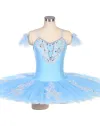











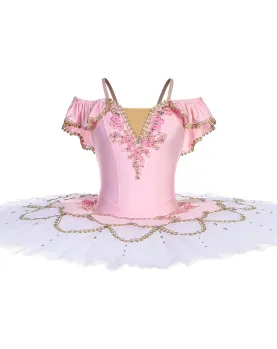














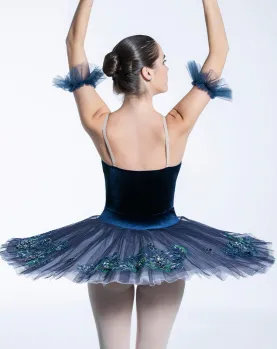



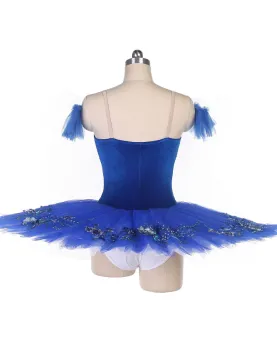





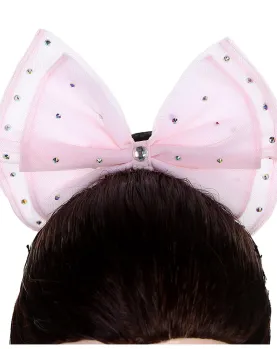

















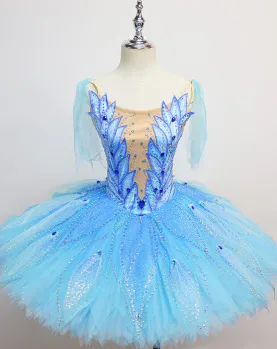

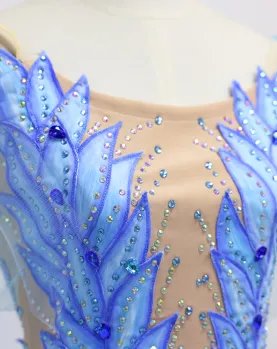

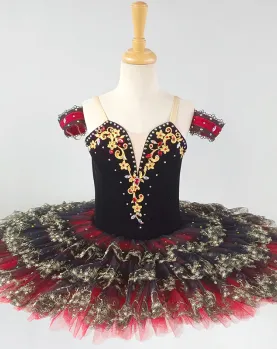



















Write a comment